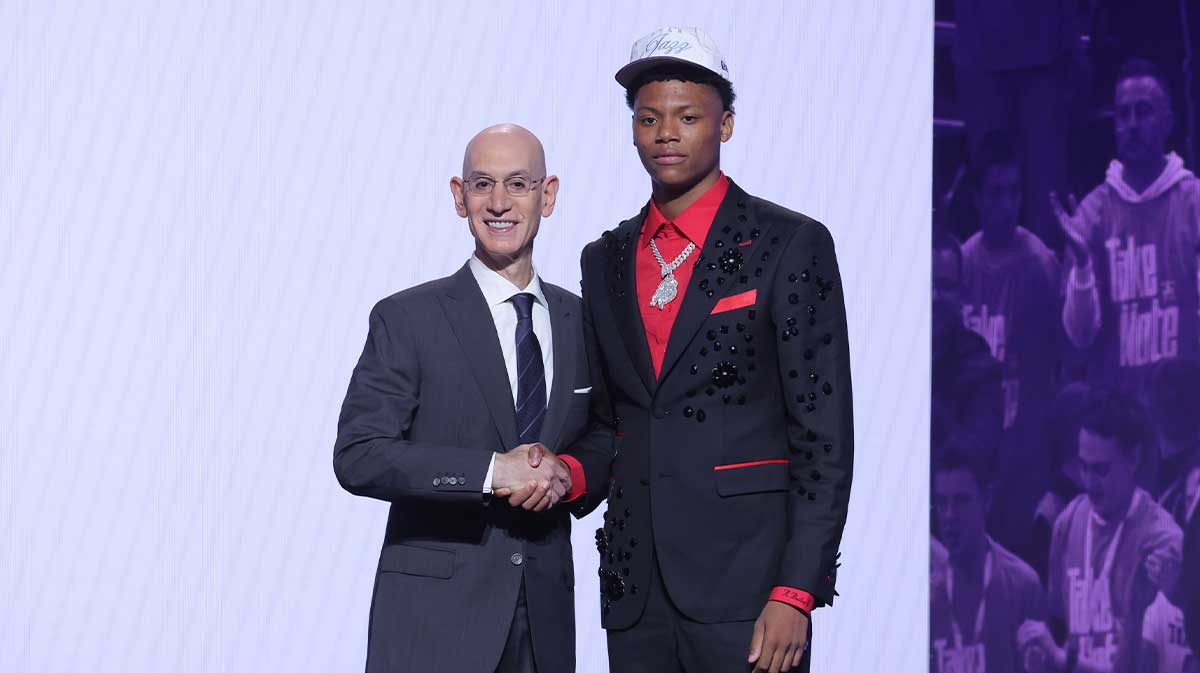Balances at a Historic Low: Time to Get Credit Card Debt Under Control
Credit cards are incredibly convenient – which is certainly one reason credit card debt has been a problem for so many, for so long. After all, as long as you have your card, you have the money you need to run errands, entertain the kids, or grab a quick bite to eat. But the coronavirus pandemic has changed everything, keeping us at home more, and significantly decreasing how much we’re spending on our credit cards.
In fact, a recent report from the Federal Reserve Bank of New York showed an $82 billion decline in credit card spending so far this year. If you’re one of the millions of Americans who have spent less over the last few months, this could be the perfect opportunity to get a handle on your credit card debt once and for all.
Before you start your credit card debt payoff journey, think about your life goals — the “why” behind getting out of credit card debt. Maybe you plan to pay for some or all of your child’s college education. Or perhaps you’d like to purchase a home closer to your extended family, or retire early.
Jot down your goals and hang them up on your fridge, bathroom mirror, or anywhere else where you’ll see them every day. Use these goals as motivation to pay down your debt. After all, the faster your credit card balances hit zero, the faster you’ll be able to meet your goals.
Nobody gets out of credit card debt without making sacrifices. But since you may have lower balances than you had a year or two ago, saying goodbye to a few conveniences and pleasures you’re used to could have a bigger impact than ever before. Here are a few examples of ways to cut back and reach your goals.
The good news is that sacrifices can be temporary. Once you’re free of debt, you’ll decide which treats and extras you could bring back without getting back into debt. And if you no longer have to pay off balances, fees, or interest, you’ll probably have some extra money to spend anyway.
If you’re overwhelmed with your credit card debt, lowering the interest rates on your cards may make it easier for you to make some headway. You may be surprised to learn that it’s actually quite common to call a creditor and ask for an interest rate reduction.
If you have a track record of paying your bills on time, there’s a good chance they’ll agree. The worst thing that can happen is that they’ll say no. Ideally, however, you’ll score a lower interest rate and save hundreds or even thousands of dollars in interest payments over time.
A balance transfer can allow you to move a credit card balance from your current credit card to a new one. Since most balance transfer cards offer low or 0% interest for a promotional time period, they can give you some time to repay your debt without incurring more interest, allowing you to use your hard-earned money to pay down your balance rather than make your interest payments. One significant challenge of balance transfer cards, however, is that most of them require you to have good credit.
The key to getting rid of credit card debt quickly is to stop adding to it. If you’ve relied on credit cards to make purchases in the past, it’s time to change that. Since this is easier said than done, try these useful tips.
If you’re struggling with your credit card debt and hope to move toward a stronger financial position in the future, it might be time to take a bigger step. If you’re struggling with $10,000 or more in credit card debt and can’t afford to deal with it anymore, Freedom Debt Relief is here to help you understand your options, including our debt relief program. Our Certified Debt Consultants can help you find a solution that could put you on the path to a better financial future.
Learn More
We looked at a sample of data from Freedom Debt Relief of people seeking the best debt relief company for them during May 2025. This data highlights the wide range of individuals turning to debt relief.
Credit card usage varies significantly across different age groups, reflecting diverse financial needs and habits.
In May 2025, the average FICO score for people seeking debt relief programs was 593.
Here's a snapshot by age group among debt relief seekers:
| Age group | Average FICO 9 credit score | Average Credit Utilization |
|---|---|---|
| 18-25 | 574 | 81% |
| 26-35 | 580 | 80% |
| 35-50 | 586 | 77% |
| 51-65 | 593 | 74% |
| Over 65 | 611 | 68% |
Use this data to evaluate your own credit habits, set financial goals, and ensure a balanced approach to managing credit throughout your life.
Personal loans are one type of installment loans. Generally you borrow at a fixed rate with a fixed monthly payment.
In May 2025, 44% of the debt relief seekers had a personal loan. The average personal loan was $10,718, and the average monthly payment was $362.
Here's a quick look at the top five states by average personal loan balance.
| State | % with personal loan | Avg personal loan balance | Average personal loan original amount | Avg personal loan monthly payment |
|---|---|---|---|---|
| Massachusetts | 42% | $14,653 | $21,431 | $474 |
| Connecticut | 44% | $13,546 | $21,163 | $475 |
| New York | 37% | $13,499 | $20,464 | $447 |
| New Hampshire | 49% | $13,206 | $18,625 | $410 |
| Minnesota | 44% | $12,944 | $18,836 | $470 |
Personal loans are an important financial tool. You can use them for debt consolidation. You can also use them to make large purchases, do home improvements, or for other purposes.
Understanding your debt situation is crucial. It could be high credit use, many tradelines, or a low FICO score. The right debt relief can help you manage your money. Begin your journey to financial stability by taking the first step.
Show source












